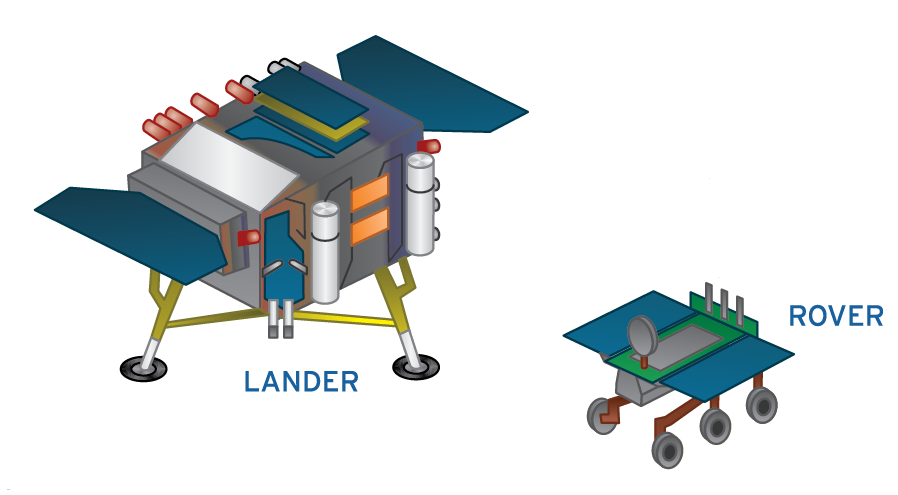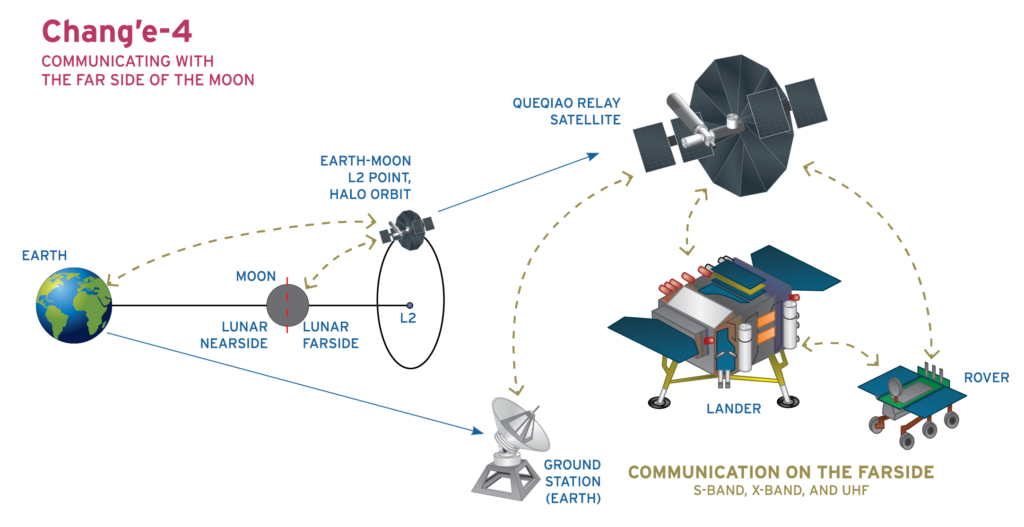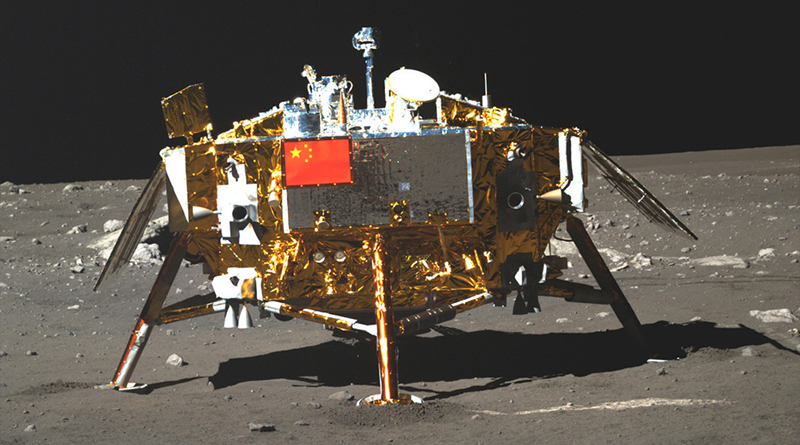The Chinese Lunar Exploration Program (CLEP; Chinese: 中国探月; pinyin: Zhōngguó Tànyuè), also known as the Chang’e Project after the Chinese moon goddess Chang’e, is an ongoing series of robotic moon missions by the China National Space Administration (CNSA).

The program incorporates lunar orbiters, landers, rovers and sample return spacecraft, launched using Long March rockets.
The CLEP plans to send its Chang’e 5 probe to the moon around the end of the year and bring lunar samples back to Earth, according to a senior space official, thus completing the program’s third phase.


Chang’e 4 its predecessor, achieved the first soft landing on the far side of the Moon, on 3 January 2019.
The Chinese Lunar Exploration Program is designed to be conducted in three phases of incremental technological advancement: The first is simply reaching lunar orbit, a task completed by Chang’e 1 in 2007 and Chang’e 2 in 2010.
The second is landing and roving on the Moon, as Chang’e 3 did in 2013 and Chang’e 4 in 2019 (launched in December 2018, landed on the far side of the Moon in January 2019).

The third phase is collecting lunar samples from the near-side and sending them to Earth, a task for the future Chang’e 5 and Chang’e 6 missions. The program aims to facilitate a crewed lunar landing in the 2030’s and possibly build an outpost near the South Pole.
If Chang’e 5 succeeds in its mission, China will become the third nation to retrieve lunar samples, after the United States and Russia.
Chang’e 5 is scheduled to be launched on a Long March 5 heavy-lift carrier rocket at Wenchang Space Launch Centre in Hainan.
The 8.2-metric ton probe has four components-orbiter, lander, ascender and re-entry module. When the probe reaches lunar orbit, the components will separate into two parts. The orbiter and re-entry module will remain in orbit, and the lander and ascender will descend to the moon’s surface.
When the surface operations are completed, the ascender’s rocket will return it to lunar orbit, where it will dock with the re-entry module. The samples will be transferred to the module, which will carry them to Earth where they will be distributed amongst scientists for research.







